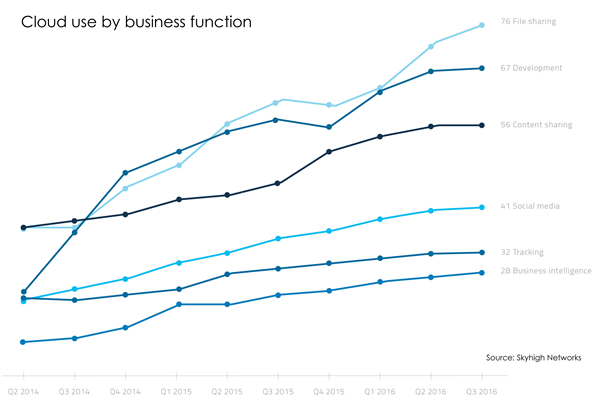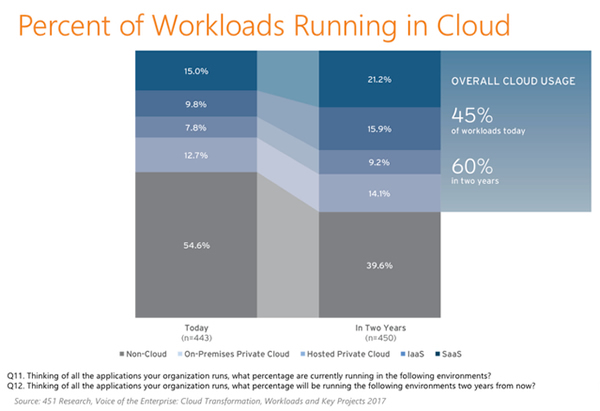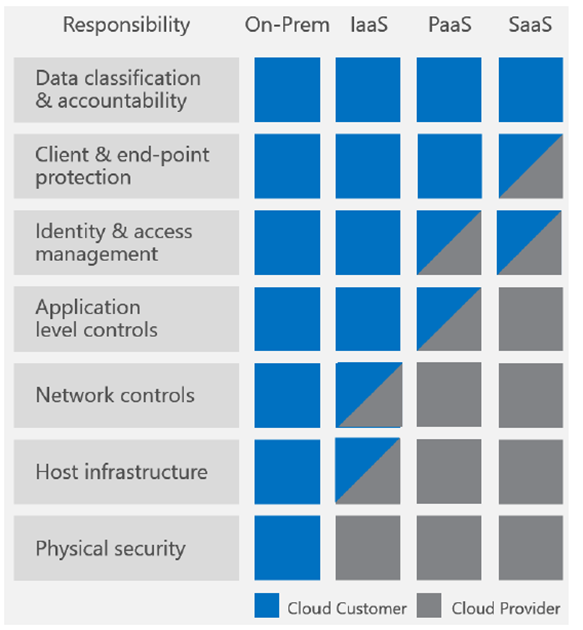
Cloud services are changing in ways your clients need to understand.
First of all, there are more of them than ever before:

And cloud services are attracting more workloads than ever before:

Where cloud services are heading
Among important developments:
- Spending on network security and wireless capabilities is increasing.
- Software-as-a-Service (SaaS) providers are broadening deployment options in response to demand for application customization .
- Regulations are emerging; the EU’s bellwether General Data Protection Regulation (GDPR) goes into effect this coming May.
- Multi-cloud deployments are easier, thanks to the open-source Kubernetes , which facilitates transport of apps between cloud environments.
- By next year, 69% of enterprises will run multi-cloud workloads .
- Microservices and containers will dominate in just a few years as organizations shift apps to (often multiple) hyper-agile architectures. Some say 80% of application development on cloud platforms will use microservices and functions, and upwards of 95% of new microservices will be deployed in containers.
- Edge computing will claim 20% of diversifying cloud environments that are 15% specialized, 90% multi-cloud, and double the current size.
Four cloud best practices for 2018
You can help your clients adapt to and benefit from this quickly evolving cloud services world with these four best practices:
-
Paying attention to cloud performance and management
- Examine risks and generate strategic policies accordingly.
- Deploy cloud monitoring to track and manage cloud services, applications, and infrastructure .
- Track cloud utilization. Cloud services providers able to customize service level agreements (SLAs) can help sustain cloud performance and control costs.
- Consider co-location in edge computing. Co-lo systems in managed data centers provide easy connectivity to high-speed Internet as well as public cloud and SaaS options.
- Beware cloud vendor lock-in.
-
Adapting data management practices
- Adjust data governance policies and data standards to apply to all datasets wherever they may be.
- Make sure data integration toolsets support popular cloud-based application/platform protocols, interfaces, and multiple metadata types.
- Deploy cloud-optimized data management infrastructures before migrating to the clouds.
-
Taking cloud security seriously
Cloud providers are responsible for some – but not all – cloud security. Here, for instance, is how public cloud vendor Microsoft sees it:

To help clients keep up their end…
- Understand providers’ cloud security measures and ensure they carry the certifications required for regulatory compliance.
- Enforce cloud security policies – preferably via automated solutions.
- Deploy cloud-capable identity/access management that defines and enforces policies.
- Secure endpoints and use cloud-capable intrusion detection/prevention . Encrypt all data all the time.
- Encrypt all data all the time.
- Continuously train staff , especially regarding social engineering and shadow IT.
- Conduct regular audits and penetration testing.
-
Finding a trusted cloud technology partner
Unless your clients’ IT staffs have this sort of reach, they’ll need help from a cloud technology consultant both you and they can trust.
Meet the Author
Adam Burke is Quest's Vice President of Sales and Partnerships.
Posts by Category
